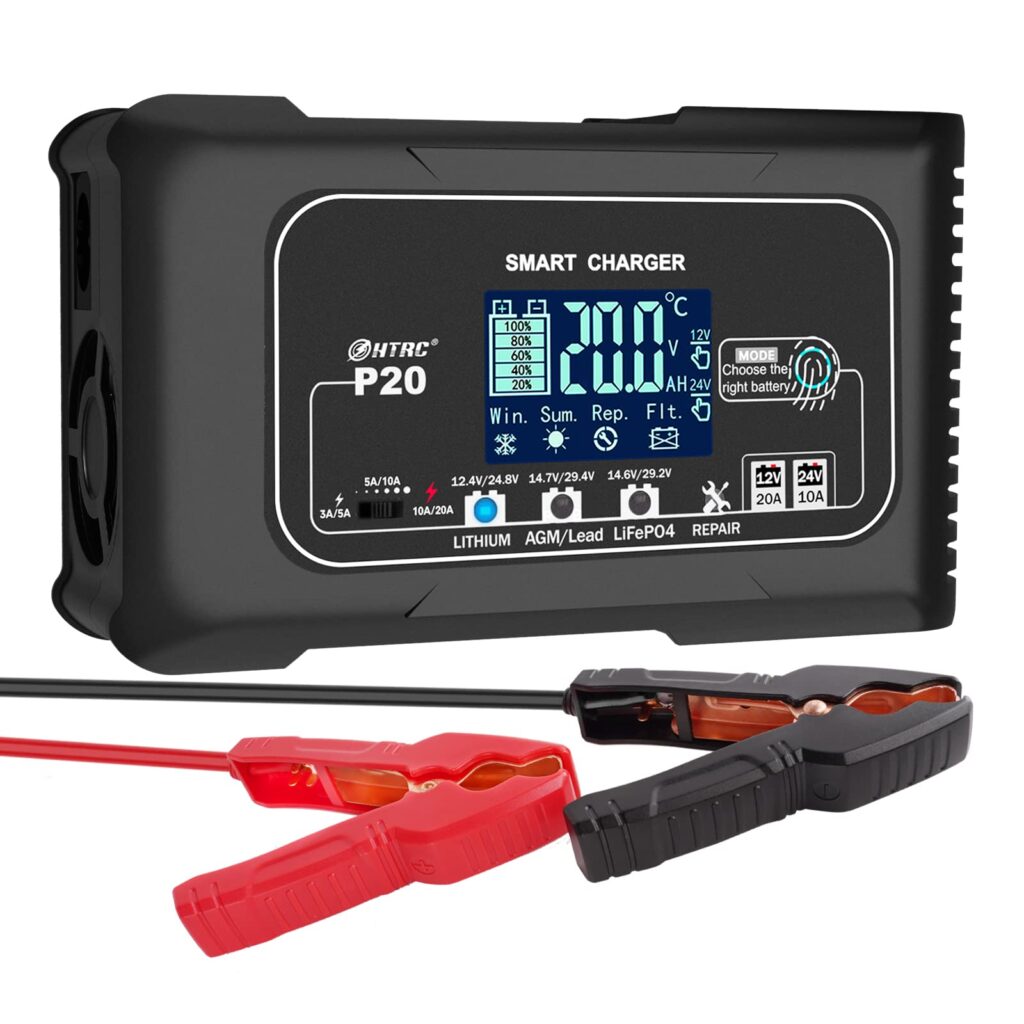Choosing the appropriate charging current for a battery depends on several factors, including the battery chemistry, capacity, manufacturer’s recommendations, and the charging system’s capabilities.
- Refer to Manufacturer’s Specifications: Consult the battery manufacturer’s specifications or datasheet for recommended charging parameters. Manufacturers typically provide guidelines for charging current, voltage, and temperature limits specific to their batteries.
- Consider Battery Chemistry: Different battery chemistries, such as lead-acid, lithium-ion, nickel-cadmium, and nickel-metal hydride, have different optimal charging characteristics. For example, lead-acid batteries typically require charging currents that vary based on the battery’s capacity and chemistry (e.g., flooded lead-acid, AGM, gel).
- Calculate Charge Rate: Determine the appropriate charging rate based on the battery’s capacity and the desired charging time. The charging rate is usually expressed as a fraction of the battery’s capacity, such as C/10 (charging current equal to one-tenth of the battery’s capacity) or C/20 (charging current equal to one-twentieth of the battery’s capacity).
- Consider Charging Environment: Take into account the ambient temperature and charging environment, as higher temperatures may require lower charging currents to prevent overheating and damage to the battery.
- Use a Charging System with Adjustable Current: If possible, use a charging system that allows for adjustable charging currents. This enables you to fine-tune the charging process based on the specific requirements of the battery and the application.
- Monitor Charging Process: During the charging process, monitor the battery voltage, temperature, and charging current to ensure that they remain within safe operating limits. Adjust the charging current as needed to optimize charging efficiency and prevent overcharging or undercharging.
- Balance Charging in Multi-Battery Systems: In systems with multiple batteries connected in series or parallel, ensure that the charging current is distributed evenly among the batteries to prevent overcharging or undercharging of individual cells.
- Consider Fast Charging Requirements: For applications requiring rapid charging, such as electric vehicles or portable electronics, choose a charging current that balances the need for fast charging with the battery’s capacity and safety limits.
By considering these factors and following manufacturer recommendations, you can choose an appropriate charging current that ensures efficient and safe charging of the battery while maximizing its performance and lifespan.


